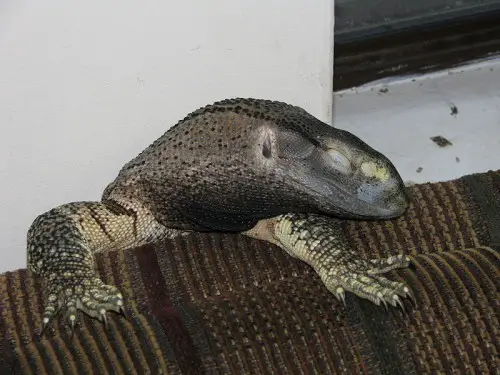Coastal Fish Exhibits Genetic Resistance to Toxic Chemical
Nature is indeed capable to undergo the most amazing transformations, some of them simply unbelievable. Such amazing transformations also take place in the animal world. Recent researches have unveiled the fact that prolonged chemical exposure does not seem to affect all animals. A coastal fish proves to be genetically resistant to chemicals. Numerous species in the Hudson River have been ravaged by the polychlorinated biphenyl contamination of the water that went on for decades. However, the Atlantic tomcod seems to have adapted to this inhospitable environment.
A team of researchers from WHOI (Woods Hole Oceanographic Institution), NYU and NOAA (National Oceanic and Atmospheric Administration) started to investigate the tomcod’s amazing capacity to adapt and came to the conclusion that the resistance of this fish is due to the single genetic receptor that has undergone a change.
Such reactions have also been discovered in insects which managed to become immune to insecticides but also in bacteria that were no longer affected by antibiotics. Isaac Wirgin from the Department of Environmental Medicine at NYU stated that this was actually the first noticed mechanism of resistance in a population of vertebrates.
Researchers found out that there are some primary changes occurring in AHR2, a receptor gene, whose role is very important in the mediation of toxicity during the early stages of life. It can also control the tomcod’s sensitivity to PCBs.
Mark E. Hahn who is a WHOI Senior Scientist and who has been working near Bedford, in the Estuary of the Acushnet River for the last sixteen years, discovered that the same gene was responsible for the controlled responses of other fishes to PCBs. He stated that the tomcod in the Hudson are immune to PCB due to the fact that the mechanism that triggers the toxic reaction seems to be lessened in this species.
The tomcod is therefore immune, but this is not the case with the humans or predators eating this fish. PCB is accumulated in the fish’s tissues, affecting those who eat the fish.
Nevertheless, this is not proof that the tomcod is chemically invincible. Hahn says that the genetic changes developed by this fish in order to resist to PCBs could make the tomcod sensitive to other types of chemicals such as the polycyclic aromatic hydrocarbons.
The WHOI Senior Scientist also added: “So it’s conceivable that the Hudson River tomcod could be more susceptible to PAHs because it cannot degrade them properly.”
However, there could be a flipside to this ability of the tomcod to resist to PCBs as this genetically specialized fish from the Hudson River might be affected by the absence of PCBs. If this toxic substance did no longer exist in the water, the tomcod might be at a serious disadvantage and thus seriously affected.
In one of the press releases, Isaac Wirgin at NYU came up with an interesting comment: “If they clean up the river, these fish may need to adapt again to the cleaner environment.”



